leatherleaf mahonia shrub
katkerri
12 years ago
Featured Answer
Sort by:Oldest
Comments (20)
brandon7 TN_zone7
12 years agojay_7bsc
12 years agoRelated Professionals
Ballenger Creek Landscape Architects & Landscape Designers · Belmont Landscape Architects & Landscape Designers · Havre de Grace Landscape Architects & Landscape Designers · Horsham Landscape Architects & Landscape Designers · Dunwoody Landscape Contractors · Chicago Window Contractors · Seattle Window Contractors · Cincinnati Driveway Installation & Maintenance · Gurnee Driveway Installation & Maintenance · Lake Forest Driveway Installation & Maintenance · The Woodlands Driveway Installation & Maintenance · Frederick Decks, Patios & Outdoor Enclosures · Hobart Decks, Patios & Outdoor Enclosures · Lacey Decks, Patios & Outdoor Enclosures · Mebane Decks, Patios & Outdoor EnclosuresIris GW
12 years agoSmivies (Ontario - 5b)
12 years agobrandon7 TN_zone7
12 years agokatkerri
12 years agoflora_uk
12 years agobrandon7 TN_zone7
12 years agojay_7bsc
12 years agobrandon7 TN_zone7
12 years agojay_7bsc
12 years agobrandon7 TN_zone7
12 years agogusolie
12 years agobrandon7 TN_zone7
12 years agoflora_uk
12 years agoIris GW
12 years agoflora_uk
12 years agoIris GW
12 years agobotann
12 years ago
Related Stories
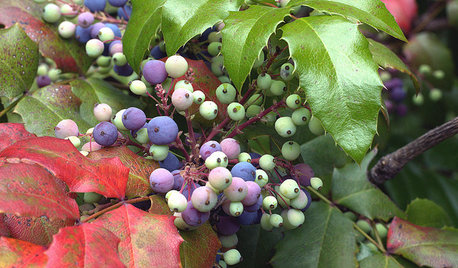
GARDENING GUIDESGreat Design Plant: Mahonia Aquifolium for Birds
Oregon grape puts on a bold spectacle from spring through winter and is ideal to brighten partly shady corners in the U.S. West
Full Story
GARDENING GUIDES8 Deer-Resistant Elegant Evergreen Shrubs to Plant This Fall
Who knew that such beautiful shrubs could be deer-resistant?
Full Story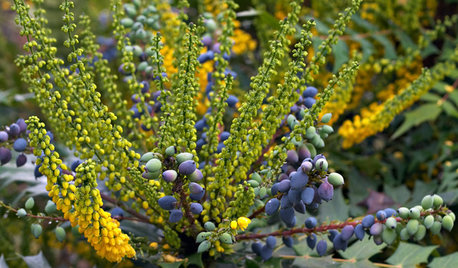
GARDENING FOR BUTTERFLIESGreat Design Plant: 'Charity' Oregon Grape
Giving nectar to hummingbirds and delicious berries to all, 'Charity' is a four-season garden delight that lives up to its name
Full Story
GARDENING GUIDESGreat Design Plant: Snowberry Pleases Year-Round
Bright spring foliage, pretty summer flowers, white berries in winter ... Symphoricarpos albus is a sight to behold in every season
Full Story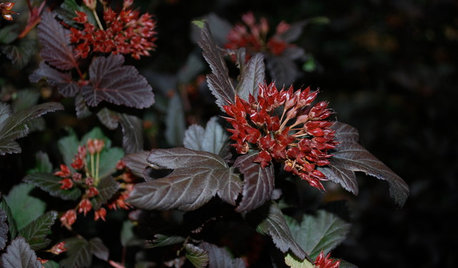
LANDSCAPE DESIGNGreat Design Plant: Sun-Loving Ninebark Puts on a Color Show
This tall, dark and handsome native shrub is equally at home in jeans and boots or in a suit and tie
Full Story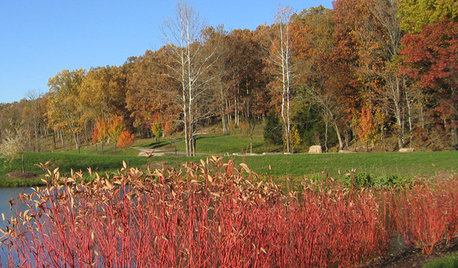
GARDENING GUIDESThese Hedges Can Add Interest to Your Winter Garden
Evergreen trees and shrubs provide structure and color in the winter months — and can attract wildlife too
Full Story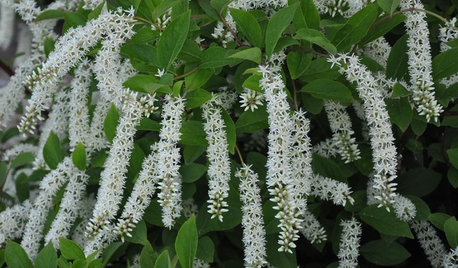
RED FOLIAGEGreat Design Plant: 'Little Henry' Sweetspire
Small in stature but big on impact, this fuss-free shrub promises spring flowers, fiery fall color and good manners in the garden
Full Story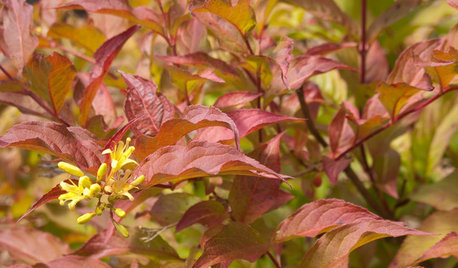
GARDENING GUIDESGreat Design Plant: Northern Bush Honeysuckle, a Bronze Beauty
It helps control erosion and takes sun or shade. The butterflies love it. But the best part of this shrub may be the vivid foliage
Full Story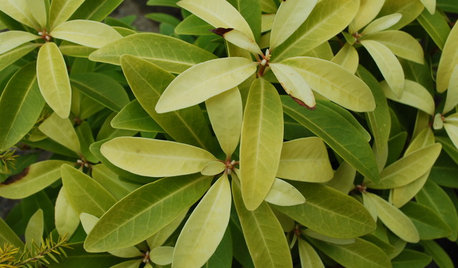
LIME FOLIAGEGreat Design Plant: Illicium Parviflorum ‘Florida Sunshine’
This shrub from the anise family brings a ray of chartreuse sunlight to the woodland garden
Full Story
SPRING GARDENINGTop 10 Scented Plants for Your Garden
A palette of perfumed plants can transform even the smallest of gardens into a sensory delight
Full Story






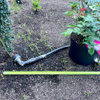
j0nd03